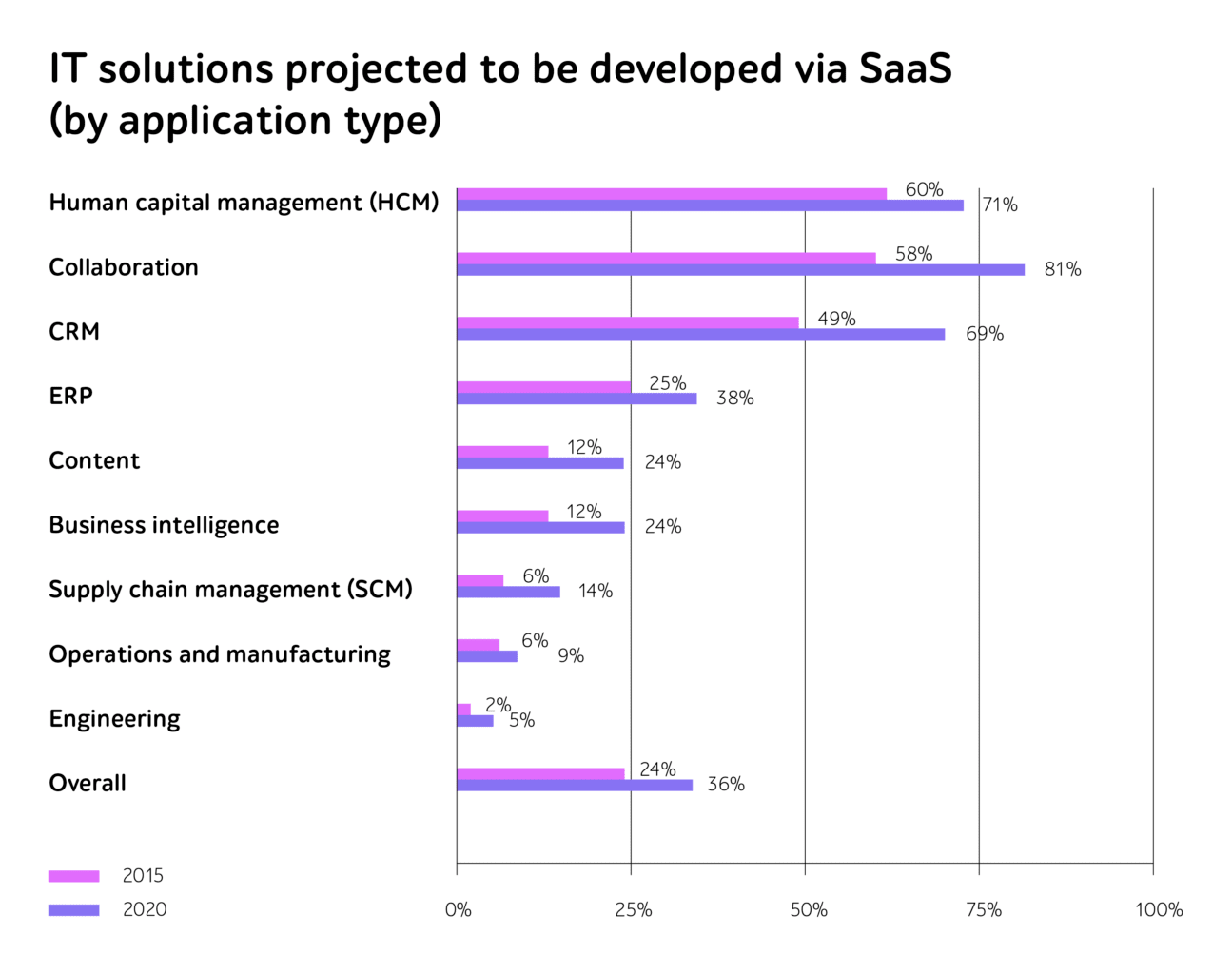In this post, we have discussed 9 QA points depending on the SaaS peculiarities that may assist in performing seamless testing.
As you are reading this post, nearly 83% of enterprise workloads have already been shifted to the cloud, as per Forbes, while SaaS has played its part in increasing the revenue of software development vendors by 37%.

This model has played a role in changing the typical development processes and moving them to the cloud. And certainly, it is the ideal time since the hyper-digital transformation and pandemic scenario have made various organizations speed up the delivery time for their IT products/solutions; thus, they added novel approaches into their IT strategies.
The IT industry is now seeing a dramatic increase in the development of SaaS-based solutions. The more these products are introduced, the greater demand is created by businesses. Proper SaaS testing is one of the important measures that organizations should undertake for retaining their current customers and attracting new users.
Considering everything, we are sharing nine QA points that may help businesses boost competitive advantage and maintain control in the industry. But first, let’s have a look at some SaaS properties which must be learned before testing
Why Test SaaS-based Solutions – 4 Reasons to Learn
It is no surprise that this model has increased competition in all categories of applications. According to Statista, in 2020, there has been a 12% increase in the overall number of SaaS-based products since 2015. This shows that companies need to be more concerned about delivering quality experiences. One of the major reasons why businesses choose SaaS is its range of benefits encompassing certain features and options.
Reason 1 – Better Scalability
Having the choice of adjusting the software capacity simply by a request, tenants are allowed to save costs on using cloud services. Plus, SaaS vendors make use of autoscaling functionality that determines the number of current users and configures the software as per the resize requirements.
Reason 2 – Fast and Frequent Updates
When there is a close connection with a SaaS provider, all the bugs and changes of the solutions pass through it. Almost always, the processes of bug fixing and making adjustments are regular and rapid. So, a powerful QA strategy should be defined to optimize running too many test scenarios in a short time.
Reason 3 – Multi-Tenant Architecture
SaaS offers shared cloud resources which makes it reasonable for different kinds of organizations and streamlines the software support. While providing access to multiple customers, every tenant’s data is secure and remains invisible to others. But numerous connections to a single vendor may cause compatibility and integration problems. So, in this scenario, improving the APIs’ quality can help prevent these difficulties.
Reason 4 – Customizable Architecture
Another reason why SaaS is an ultimate choice of many companies is its ability to adjust and specify settings as per the business requirements. But this demands exhaustive overseeing because an improper operation of the IT solution may cause difficulties when some changes capable of triggering the growing churn rate are made.
So, considering these, SaaS testing is more complex than other types of testing (cloud and on-premises apps), having huge demand and a more intense attitude towards QA scenario.
9 QA Tips to Deliver Top-quality SaaS-based Products
Our team of testers has prepared a list of nine QA factors essential to cover the full testing scope and prevent the delivery of bug-prone solutions at the go-live stage. Let’s have a look at these QA facets and how they help provide quality solutions:
1 – Functional Testing
Checking every level of connection between all product components like units, their integration, and system testing, QA engineers validate the software against the functional requirements. What’s worth taking a look at is that ordinary requirements include different cases which are customized to various user scenarios. When several configuration combinations are tried out, the testing becomes more comprehensive.
2 – Performance Testing
While on-premises applications are directed towards the end-user’s environment, CX in SaaS-based products can get impacted by other people. Therefore, performance checks must be done – carrying out stress and load tests. QA specialists perform these tests to find out the maximum limits of software capacity and assess its response under a load of an expected number of concurrent users.
3 – Interoperability Testing
As a precondition, SaaS-based products entail seamless functioning against different platforms and browsers. Before the execution of interoperability testing, the QA specialists consider the preferred platforms and browsers and eliminates those with the least number of customers. When the verification for each browser/platform is done, QA engineers then cover the full scope of testing configurations and provide untroubled software functioning for different users.
4 – Usability Testing
Aiming to keep the churn rate under control and build a long-term relationship with end-users, companies spare no efforts to improve the customer experience by providing user-friendly applications. Businesses may delight users with an easy-to-use app by providing simple information architecture, seamless workflows and connection, visual readability, and appropriate response of general functions.
5 – Security Testing
For keeping the sensitive data safe, SaaS-based products must enable highly-secured storage and information disposal. As these applications embrace several roles and accounts, they need comprehensive validation of access control. QA engineers execute penetration testing to determine any vulnerabilities and prevent data breaches.
6 – Meeting Requirements and Standards
Succeeding in a competition also indicates compliance with international standards. Varying as per the market, the software testing might be needed to perform to conform to HIPAA checklist for eHealth products, OWASP security directions for web and mobile apps, GDPR to enable secure data storage and transfer internationally, etc.
7 – API Testing
Connecting with users’ platforms and other third-party solutions, API testing is crucial for organizations delivering SaaS-based solutions. After that, QA professionals carry out positive and negative scenarios of calls to the APIs and evaluate different reactions of system interactions. By following this approach, experts can confirm beforehand if an API application and a calling solution will work properly. The primary focus of this kind of testing is on the business logic layer of the software architecture.
8 – Regression Testing
It is important to ensure that a new change in the product hasn’t impacted the existing functionality. SaaS regression testing is quite complex and involves different test cases which cover all types of testing mentioned before and later.
Our team holds expertise in providing exhaustive QA assistance combined with robust regression testing. Learn how our professionals carried out the testing and streamlined the quality of the SaaS platform for public housing authorities.
9 – Automated Testing
Test automation brings a range of business benefits, such as saving testing time, reducing QA expenses, increasing Time to Market (TTM), enhancing team efficiency, together with the optimization of QA activities.
Automated testing holds great significance in the CI/CD pipeline that may also be useful in facilitating SaaS testing. Considering the release early and often concept, it assumes performing frequent checks and delivering quality product in a certain timeframe may help in avoiding costly bug fixing.
The Takeaway
If determined to deliver a completely error-free SaaS-based solution, organizations must add SaaS testing into the IT strategy within its specifics, which include smart scalability, frequent updates, multi-tenancy, and customization.
By following the above-mentioned QA tips, businesses may improve their product/service quality, acquire important business and operational values, and reduce churn rates.

